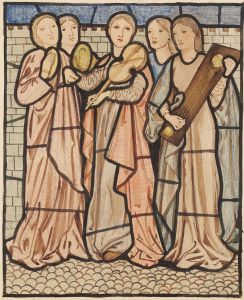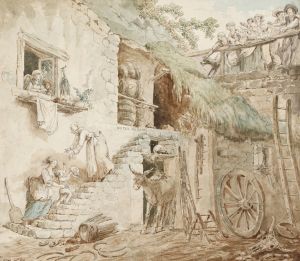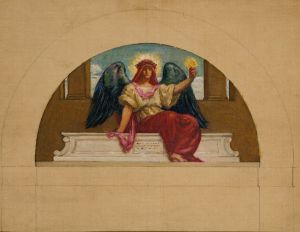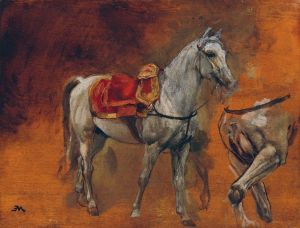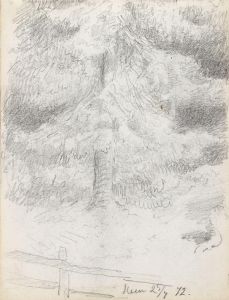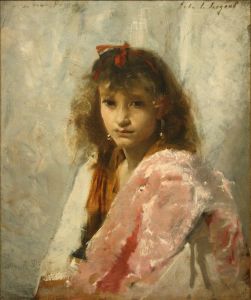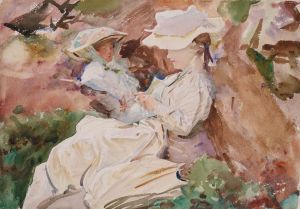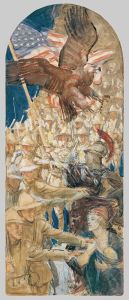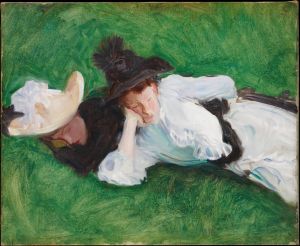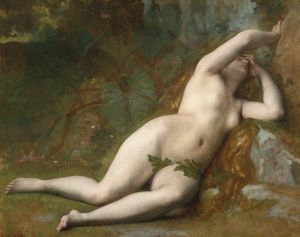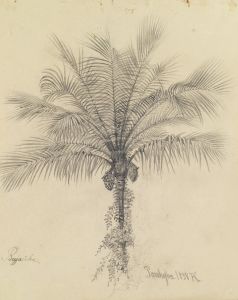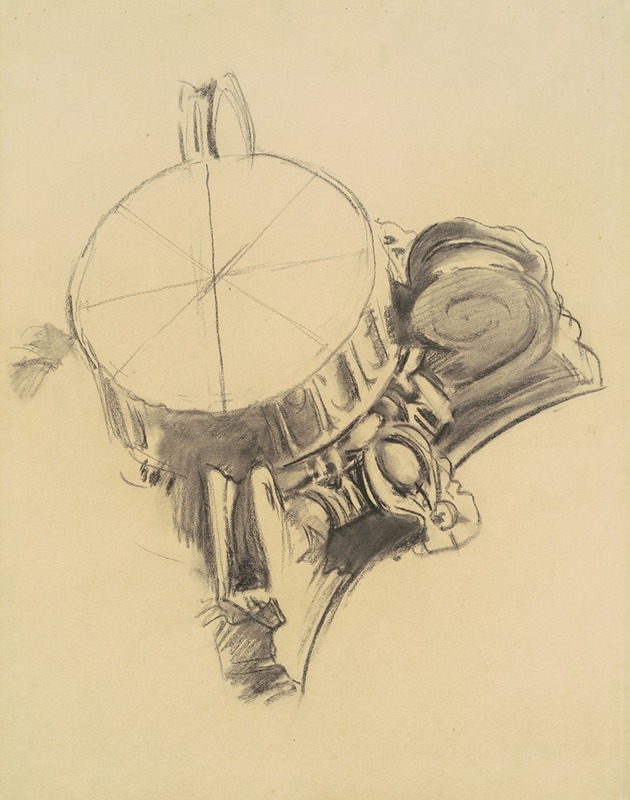
Study for ‘The Fall of Gog and Magog’
A hand-painted replica of John Singer Sargent’s masterpiece Study for ‘The Fall of Gog and Magog’, meticulously crafted by professional artists to capture the true essence of the original. Each piece is created with museum-quality canvas and rare mineral pigments, carefully painted by experienced artists with delicate brushstrokes and rich, layered colors to perfectly recreate the texture of the original artwork. Unlike machine-printed reproductions, this hand-painted version brings the painting to life, infused with the artist’s emotions and skill in every stroke. Whether for personal collection or home decoration, it instantly elevates the artistic atmosphere of any space.
John Singer Sargent's Study for ‘The Fall of Gog and Magog’ is a preparatory work created by the renowned American artist as part of his extensive contributions to the Boston Public Library murals. Sargent, widely celebrated for his portraiture and large-scale mural projects, undertook the decoration of the library's Special Collections Hall, now known as the Sargent Gallery, between 1890 and 1919. This ambitious project, titled The Triumph of Religion, aimed to depict themes of religious history and spirituality through a series of interconnected panels.
The study in question relates to one of the panels planned for the mural cycle. The subject, "The Fall of Gog and Magog," references the apocalyptic imagery found in the Bible, specifically in the Book of Ezekiel and the Book of Revelation. These texts describe Gog and Magog as forces of chaos and opposition to divine order, ultimately defeated by God's intervention. Sargent's interpretation of this theme reflects his broader interest in exploring complex theological and symbolic narratives within the mural series.
The study itself demonstrates Sargent's meticulous approach to composition and design. As with many of his preparatory works, this piece likely served as a means to experiment with the arrangement of figures, gestures, and overall visual impact before committing to the final mural. While the completed mural cycle includes numerous panels, not all of Sargent's studies were realized in the final installation, and some designs remained unfinished or were altered during the process.
Sargent's The Triumph of Religion murals were met with mixed reactions during his lifetime. While some praised their ambition and technical execution, others criticized their heavy symbolism and perceived lack of accessibility. Despite this, the murals remain a significant part of Sargent's artistic legacy and an important example of early 20th-century mural painting in the United States.
The exact details of the Study for ‘The Fall of Gog and Magog’, such as its medium, dimensions, and current location, are not widely documented. However, it is consistent with Sargent's practice to produce numerous sketches and studies in preparation for his large-scale works. These preparatory pieces provide valuable insight into his creative process and the evolution of his ideas.





